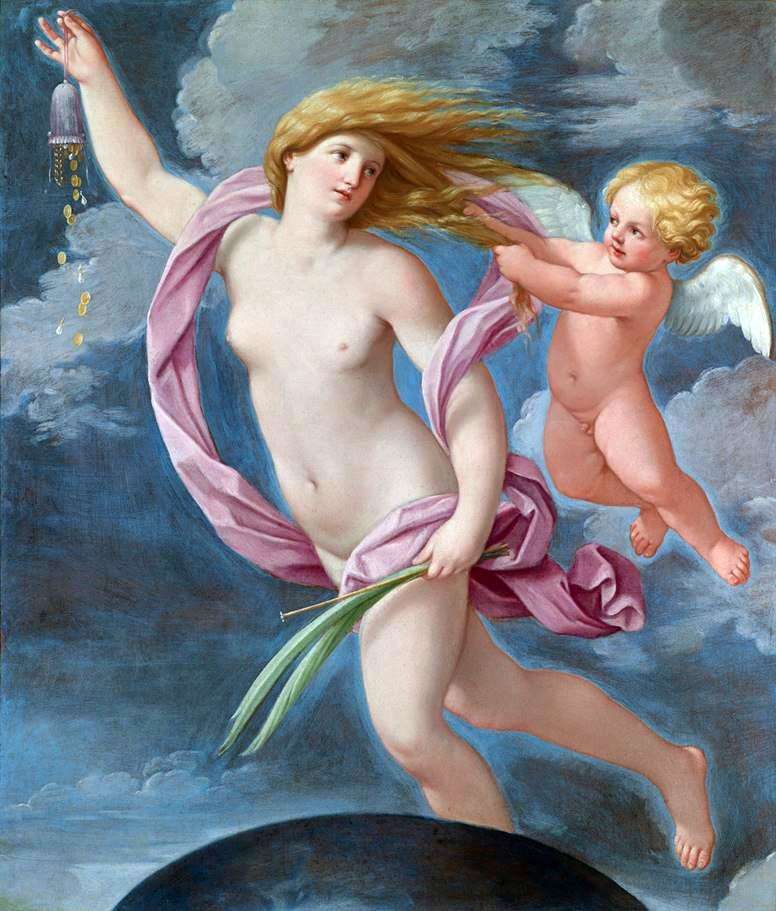
Painting by Bologna painter Guido Reni “Fortune, bestowing love.” The size of the painting is 188 x 155 cm, oil on canvas. The mythological work of Guido Reni depicts the Roman goddess Fortuna. The cult of this goddess is one of the oldest Rome-borrowed cults of Italic origin. The oldest, original meaning of a goddess is difficult to determine.
Judging by the nature of the holiday Fortis Fortunae and its time, it can be thought that the initial meaning of the goddess was agricultural – the deification of chance, an unforeseen set of circumstances that play such an important role in the life of the farmer. Fortune was the goddess patroness of women; this is indicated by the custom of brides to donate their maiden dresses to the gift of this Fortune.
There was also the cult of Fortune, which the women of the lower classes prayed on April 1 in the men’s baths; its celebration coincided with the festival in honor of Venus. Thus, Fortune, along with the qualities of the goddess-patroness of purity and chastity, was the goddess who patronized love and lust, qualities opposite to the female nature of chastity. Due to the ability of this deity to differentiate, along with the predominance of purely material interests in society, Fortune is made the most popular goddess of the Roman Pantheon and is revered by thousands of names and nicknames.
The words of Pliny the Elder are typical in this respect: “all over the world, everywhere at all hours of the day, the voices of all call and call one Fortune, they accuse one of them, they prosecute, they think of it alone, they praise her alone, they convict one. Fortune is changeable, many consider it blind, wandering, impermanent, unfaithful, ever changing, patroness of the unworthy. She is put on the account and debit and credit, and in all calculation books of mortals one Fortune occupies both pages. ” Thousands of altars and chapels in the Roman Empire were dedicated to fortune; her image was in every household sanctuary, then appeared on coins and on industrial and household items.
The image of Fortune, along with Mercury – the same god of material gain and good fortune – prevails on carved stones, on stamps and stilettos for various purposes, on clocks, piggy banks, daily use vessels, etc. leaning with one hand on the steering wheel, and the other holding a cornucopia or bell. Sometimes it is represented standing on the ball or resting its main attribute on it – the steering wheel.
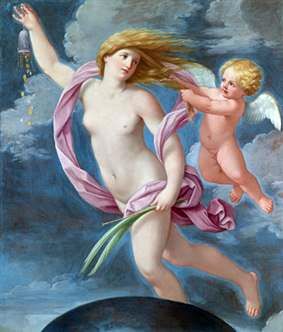 Fortune donnant de l’amour – Guido Reni
Fortune donnant de l’amour – Guido Reni The Parable of Susanna and the Elders by Guido Reni
The Parable of Susanna and the Elders by Guido Reni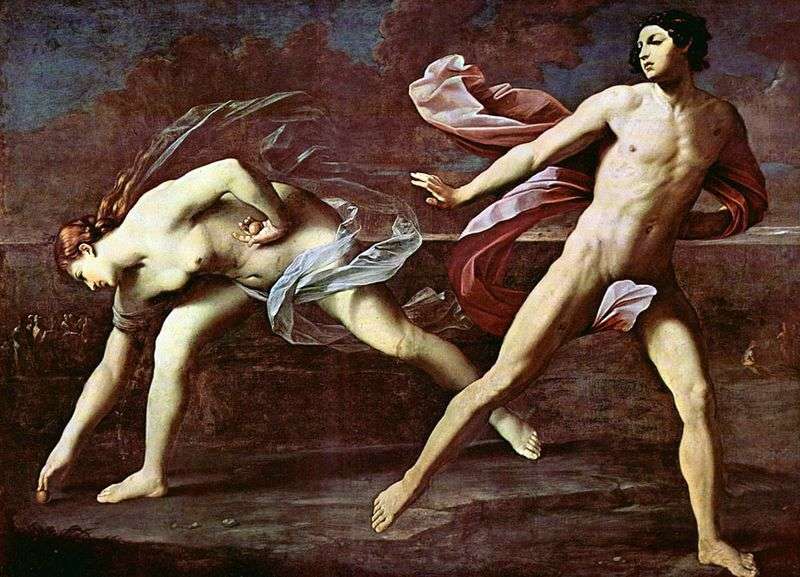 Atalanta and Hippomene by Guido Reni
Atalanta and Hippomene by Guido Reni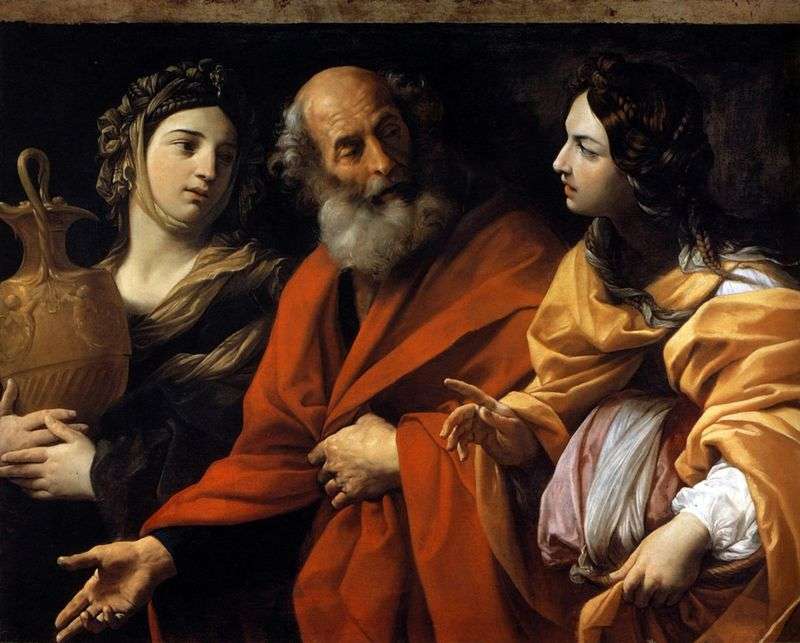 Lot and his daughters by Guido Reni
Lot and his daughters by Guido Reni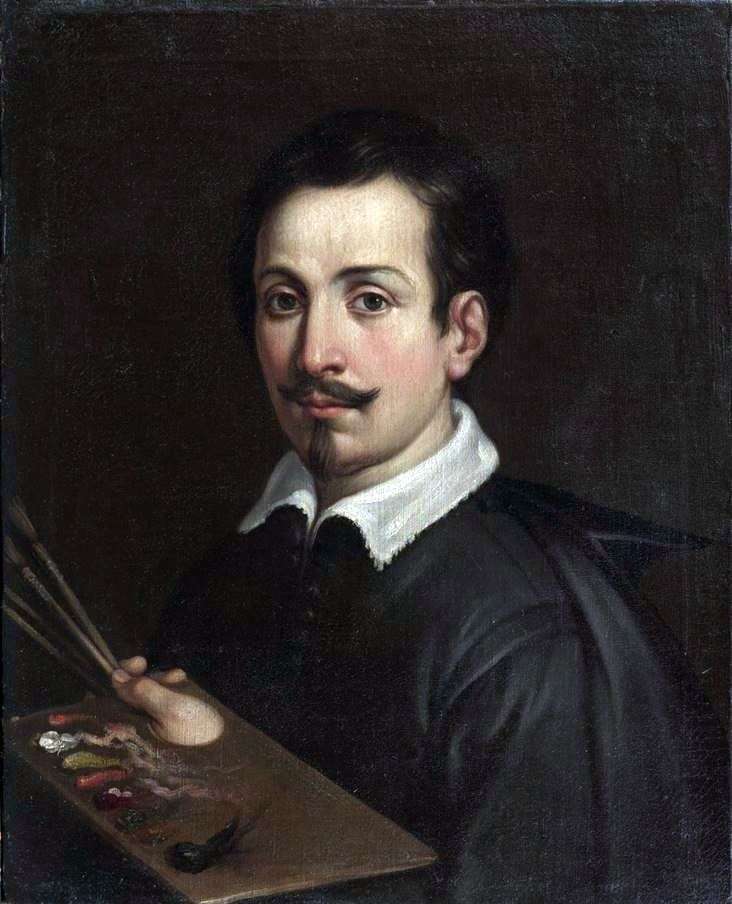 Self Portrait by Guido Reni
Self Portrait by Guido Reni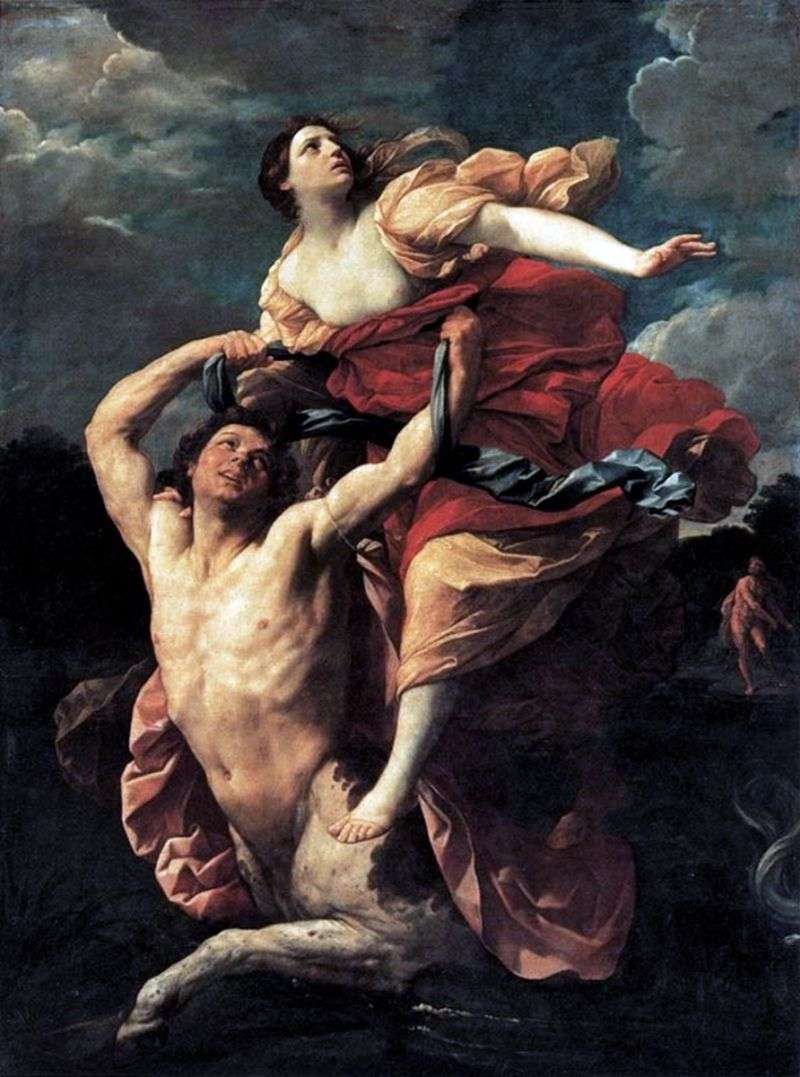 Abduction of Dejanira by Guido Reni
Abduction of Dejanira by Guido Reni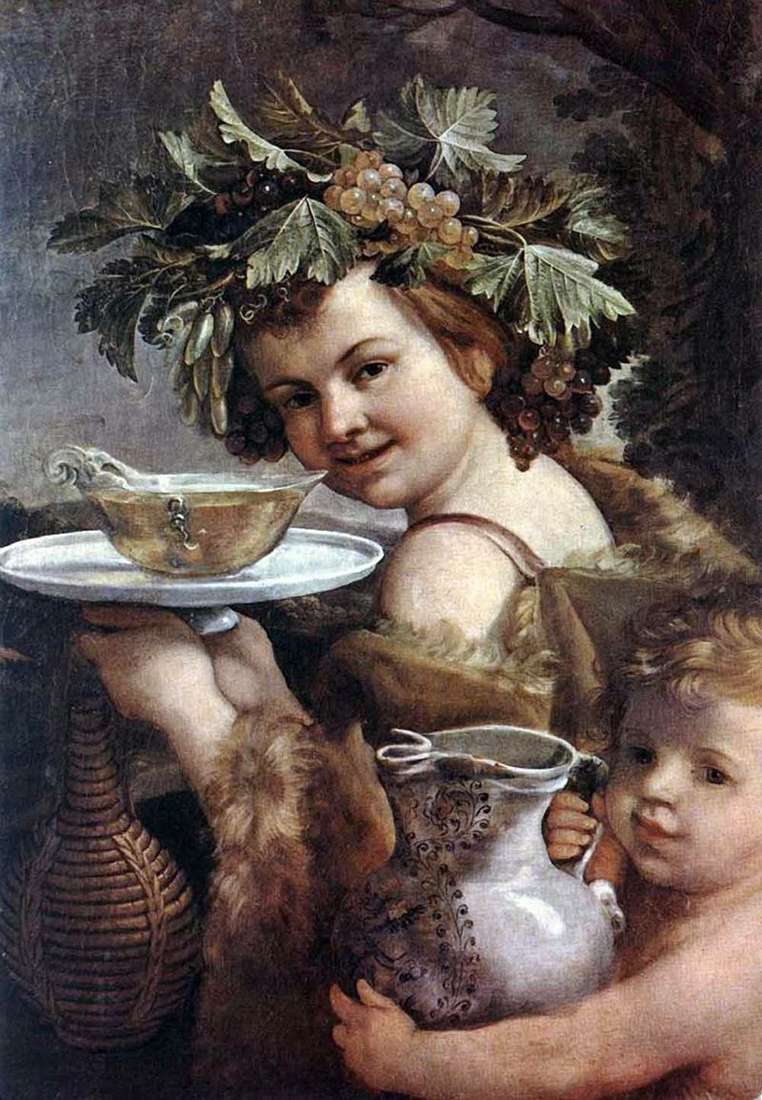 Junior Bacchus by Guido Reni
Junior Bacchus by Guido Reni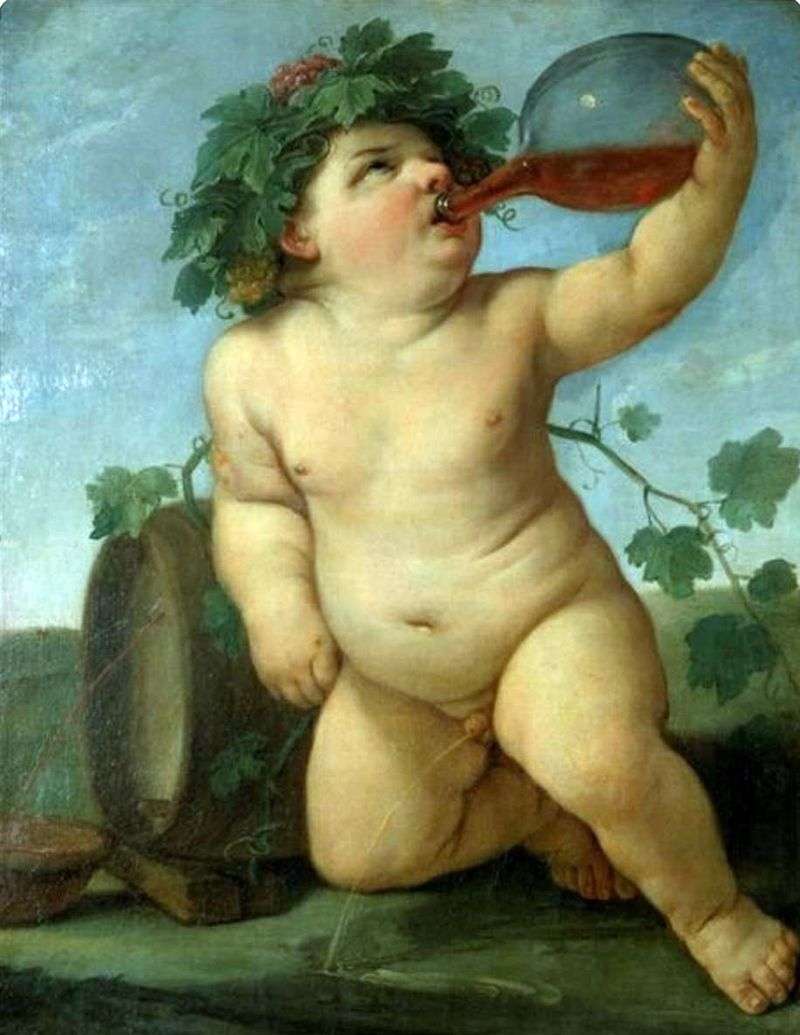 Prankster Bacchus by Guido Reni
Prankster Bacchus by Guido Reni